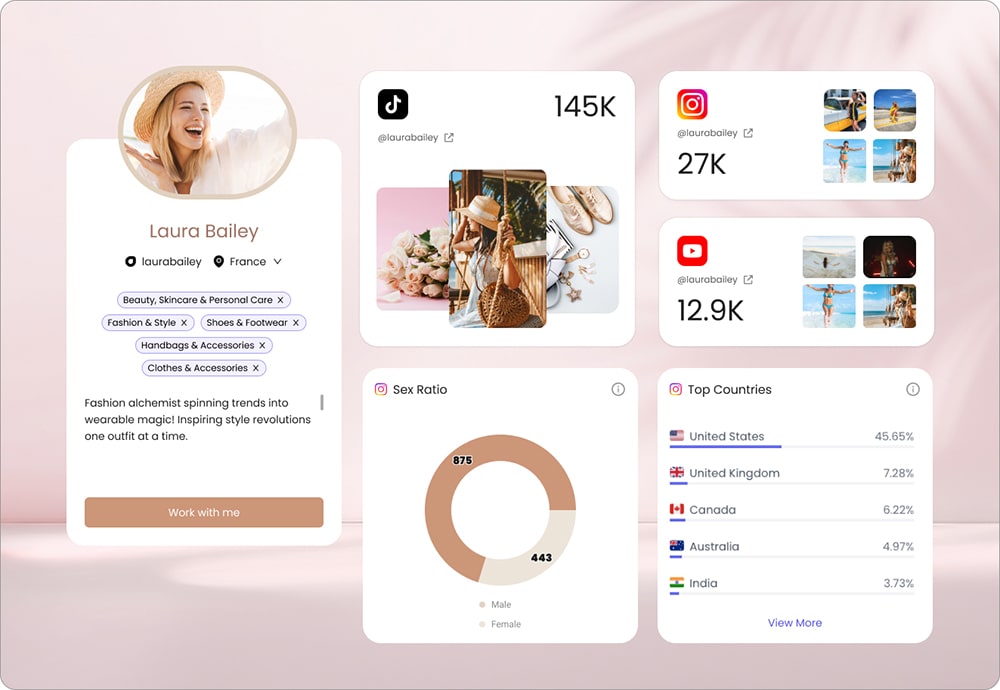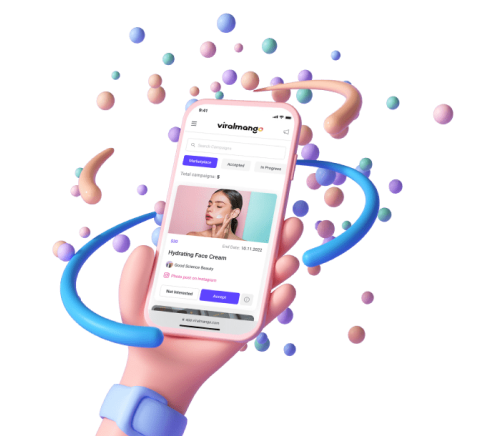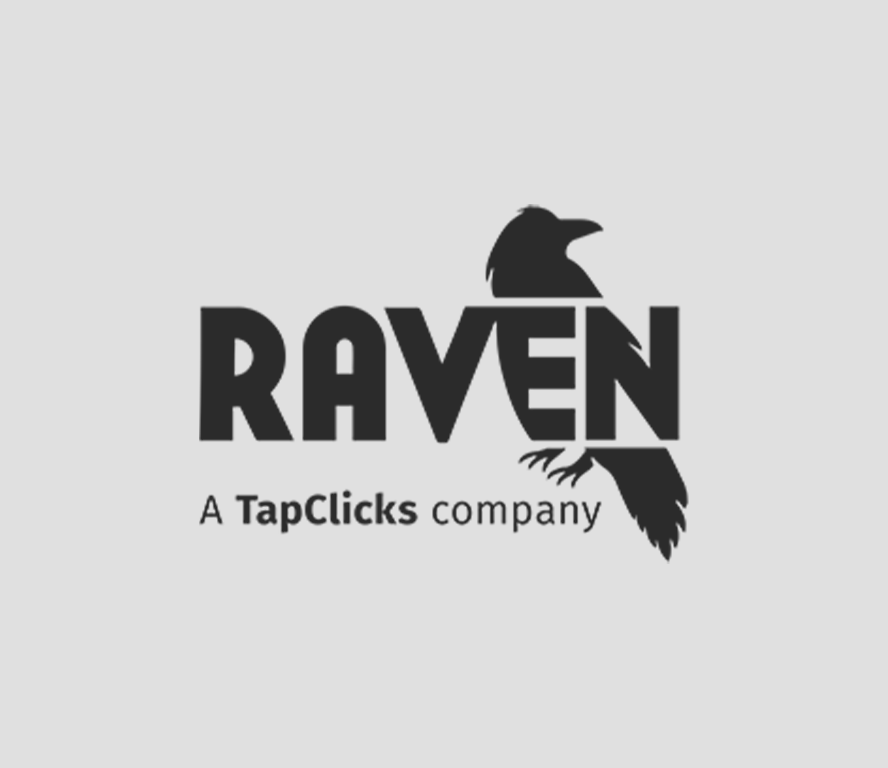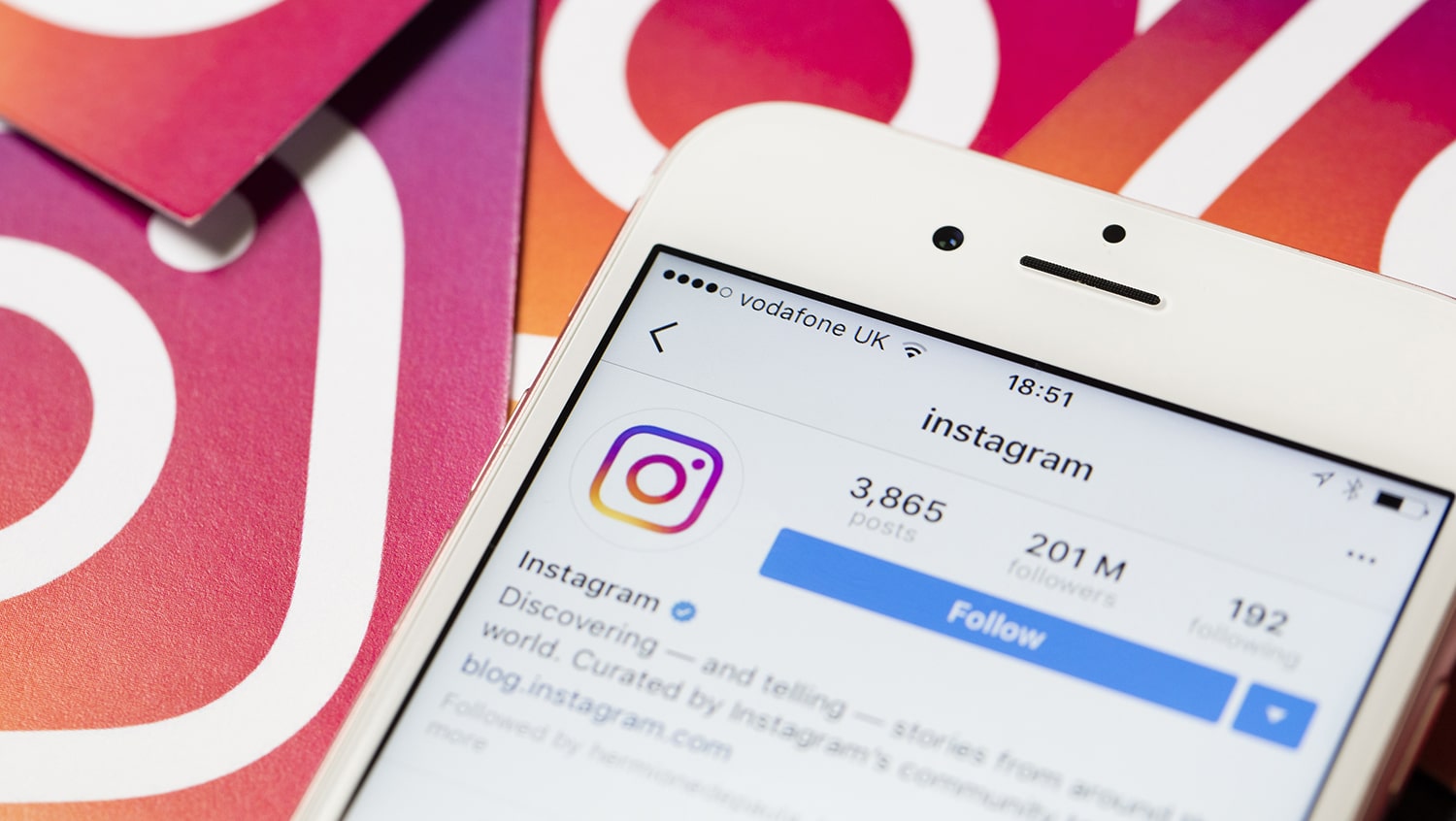Right when you think nothing else can surprise you on social media, I am here to prove you wrong. In the age of robots and AI, AR filters and holograms, marketing also needed to rebuild itself. That being said, the next wave of influencer marketing is here. MEET VIRTUAL INFLUENCERS!
Instead of constantly searching for influencers for their brands and trying hard to convince them to collaborate, brands started creating their own influencers, who can do the full package of influencer promotions whenever and however they (the brands) want.
Intrigued to hear more? The party is just being started)
In this article I will walk you through the world of CGI influencers, explaining why exactly virtual influencers have gone viral, and feature some of the most popular virtual influencers, with their crazy virtual lives and drama.
What are virtual influencers?
Imagine a world where our physical selves have been replaced with digital representations. In this new reality, it’s not unusual to see people who look like they’re from the future (in other words, avatars). Virtual Influencers are digital creations that exist exclusively in their own cyber-universe of Facebook, Instagram, and elsewhere.
One example is Sophia Robot which was created by Hanson Robotics Inc., but she doesn’t qualify as a “virtual” influencer because her image isn’t artificial; rather than being made up on computer screens or pixels fed into machines for processing, these beings can be thought of more accurately as holograms – something found only within science fiction films such as Star Wars.
CGI (computer-generated imagery) Influencers are AI-generated virtual characters that show realistic features, personalities, thoughts, and feelings, just like real humans but controlled entirely by AI and designed by CGI.
Let’s agree to call them virtual influencers.
How are virtual influencers created?
CGI influencers are created using hyper-realistic graphic design software.
Popular softwares that are used when creating virtual characters are Maya, Houdini, Cinema 4D, Unreal Engine, ZBrush, Modo, 3ds Max Daz Studio, Blender, Photoshop, Lightroom, Illustrator, and more.
Virtual influencers are just like real influencers, I mean in the sense of their impact on peoples’ buying decisions and audience sizes. They share their everyday life, have hobbies, outfits with their fans, have friends (mostly virtual influencers like themselves) with who they can hang out, have romances and conflicts.
Let’s take a look at some of the most popular virtual influencers nowadays.
Fasten your seatbelts and be ready for the brain stun.
Lil Miquela and the virtual influencer hype, explained
Lil Miquela is a virtual influencer who became an Internet sensation in 2016. With her various social media accounts, she has amassed over 3M followers on Instagram and Facebook combined.
Miquela is created as an AI-based avatar by Brud, a company that combines advanced technology with psychology to create realistic virtual humans in advertising campaigns for brands like Dior, Balmain, and Fenty Beauty.
She’s basically the Kardashian of this decade— but with more realistic proportions! A lot of people think that Lil Miquela’s appearance indicates what society finds attractive these days. These changes demonstrate how digital technology can influence societal values and it’s interesting to see where we will be headed next, based on the trends of today’s online influence.
We can see that Lil Miquela is made to look as close to human as possible without the messiness of being a live and organic life form with imperfections.
Fun Fact: Lil Miquela has recently released a song called “Speak up” which is being streamed more than 80,000 times on Spotify every month and has over 6M views on YouTube.
Blawko
Blawko is another virtual creation of Brud, describing himsely as a “sexy sex symbol for the internet age.”
Blawko has always been a mysterious, because of plenty of tatoos and mask that covers half of his face.
His laid back personality and not-stable relationship with Bermuda (we’ll talk about her next) have made him popular among Instagram users
Bermuda
Bermuda is one of the most controversial virtual influencers on the internet, due to her political views and not so friendly character.
The company that created Bermuda is one of the leaders in machine learning and artificial intelligence, called Dain Intelligence.
The whole Instagram has been following her dramatik relationship with Blawko holding their breaths.
Bermuda has been a Trump supporter for years but has recently changed her political views.
You may also have heard of the beef between Bermuda and Lil Miquela, during which Beruda hacked Miquela’s account and forced her to tell the truth of being a virtual influencer promising to give her Instagram back in return.
Shudu
Shudu was created by photographer Cameron James-Wilson.
Shudu’s story of becoming popular is really interesting. After posting about Rihanna’s Fenty beauty on her instagram, social media managers of the brand reposted her in their stories and by doing that they exposed her in front of 10M followers of fentybeauty account.
This has been a great kickstart in her modeling career, after which Shudu has signed contracts with Balmain and other fashion brands.
Lu of Magalu
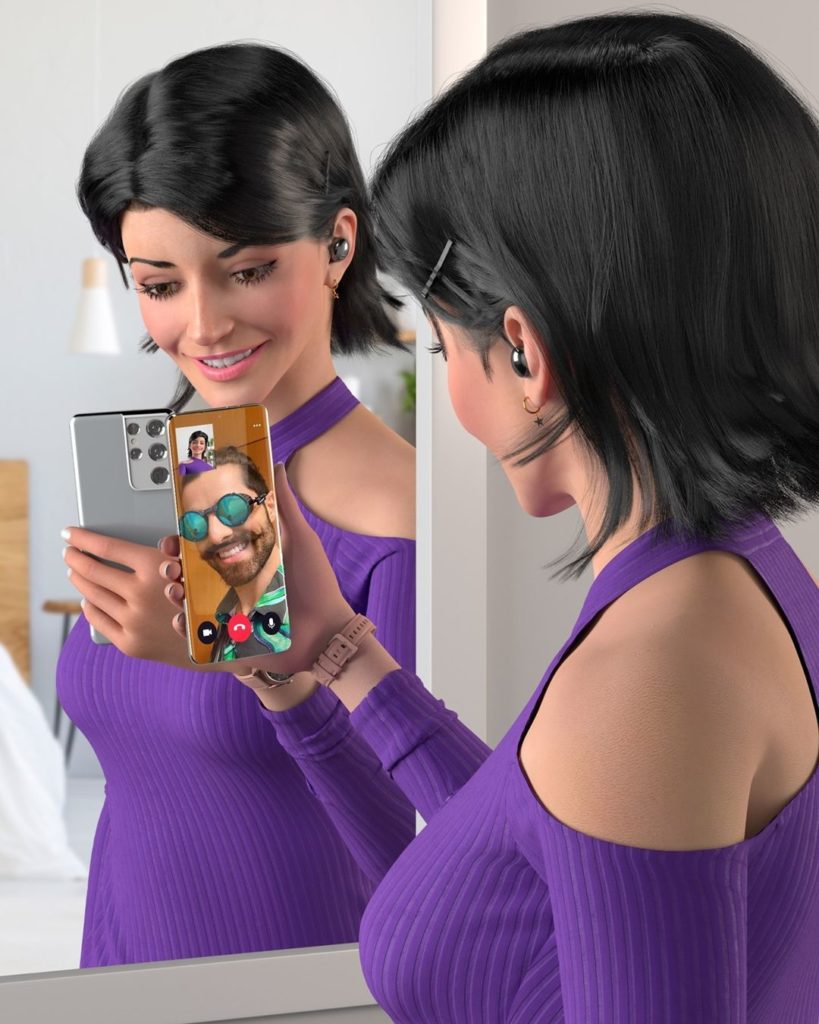
Lu of Magalu has become the billion-dollar Brazilian retail corporation, Magalu. This makes her the perfect representative- flawless. Unlike some of the other virtual influencers we have seen so far, Magalu does not want drama since she is ultimately a professional, only looking to proudly serve her corporation’s brand. Since 2009, Magalu has quickly risen to fame; amassing over 24M fans across her social media platforms and is consistently posting videos and pictures to cover unboxing and reviews of new Magalu tech products. Now, data shows that CGI Influencers encourage three times more engagement from social media audiences, and using Magalu as the face of an otherwise disconnected corporation, immediately changed the relationship consumers have with the company. Magalu’s face is now at the header of the company website, Magalu’s phone apps, and is recognizable all over Facebook. The beauty of creating your own CGI Influencer is also that you have complete jurisdiction over the life, story arc, and loyalty of your character, which is also what makes Magalu so beneficial for her brand and company.
Guggimon
We’ve seen trendy, cute, classy, and sexy CGI Influencers so far, but Guggimon is one scary bunny straight out of your nightmares. He is a self-proclaimed streetwear artist who reminds many people of Travis Scott… but his identity still remains a mystery. You see, Guggimon and his best friend Janky are extremely chaotic, dangerous, and very violent. These CGI influencers do just about everything to an illegal and excess level, similar to some of the rappers we may see today. Some of the motions in their videos though, represent destruction and substance abuse to the point where it may just make some people uncomfortable but hey, they have become the newest, coolest Fortnite characters so it’s all the rage. Created to represent the designer toy company, Superplastic, Guggimon represents a horror bunny who is in love with axes, and is often seen smoking, choking someone, or breaking something in many of his videos. Maybe this is just what makes these CGI influencers so famous… afterall, everyone knows the more controversial you act, the more attention you get online. Guggimon and Janky’s duo is most known for its TikTok account which has 2.7M followers and a consistent post regime which follows the TikTok trends as well as their consistent chaotic nature.
We’re curious to know, what do you think of these surprising CGI Influencers?
Knox Frost
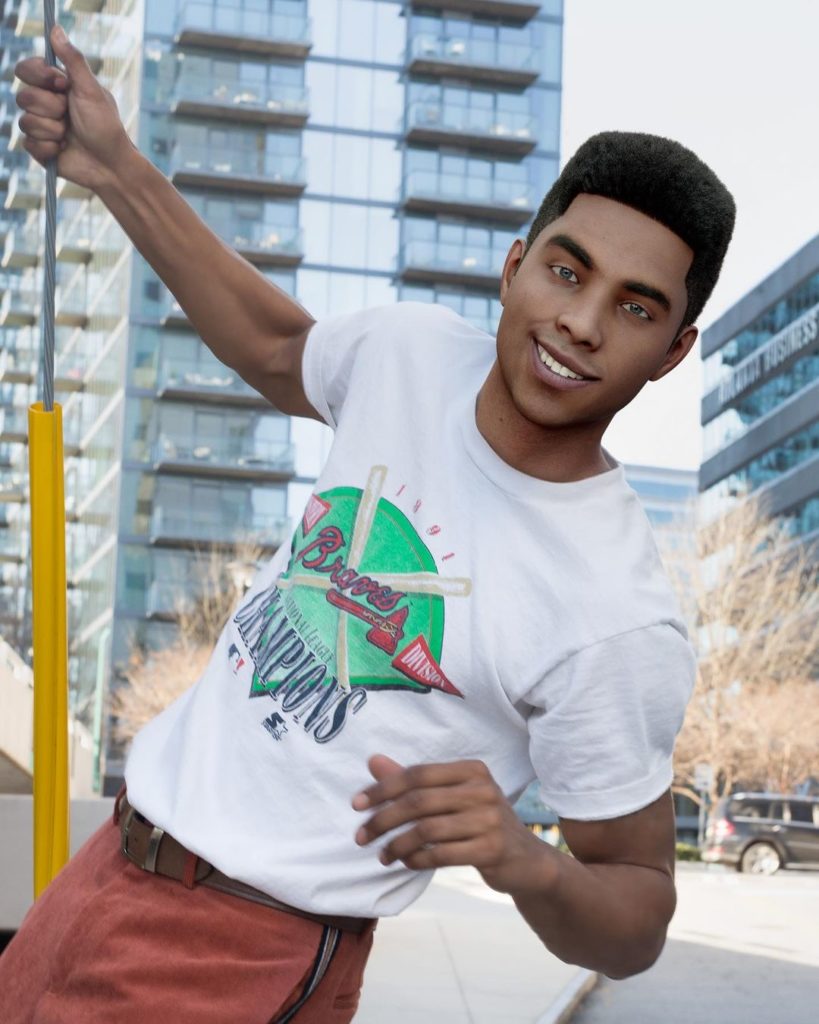
After taking some time in researching CGI influencers, I feel bad not to talk about Knox Frost. Not as realistic as his “classmates” Knox is really proud of his robotic perfection. Although the comments under his posts keep trolling his appearance for not looking real, the fact that he’s being discussed so much, speaks about himself being influential and worth gossiping.
Frost has over 750K followers on Instagram and his audience keeps growing each day.
He’s very much fond of music and has a very interesting and consistent tone of voice, just like a real influencer posting on Instagram
Marketing Tools Reviews
Marketing Tools Reviews
Strategies and Hacks
Marketing Tools Reviews
Marketing Tools Reviews
Strategies and Hacks
Benefits of working with virtual influencers
Virtual Influencers present many advantages for advertisers; one being giving them full control in content creation- virtual marketers can decide when new posts will go up, which topics should be focused on, how often updates would happen, etc. Furthermore, this type of marketing reduces risk because there is less chance a post could disturb campaign messaging hopes and aspirations by either going against regulations set forth from time to time or publishing messages contrary to those.
In a world where interacting safely with other humans is no longer always possible, brands are turning to digital spokespeople. Virtual influencers, while fake, have real business potential. This is because they can appear in many places at once.
During the pandemic, when all other influencers were locked at homes, not able to travel, virtual influencers were freely collaborating with brands with the ability to appear whenever and wherever they liked. No boundaries and pandemics can harm your influencer marketing campaign when you choose to collaborate with virtual influencers.
Moreover, virtual influencers are far cheaper and easier to maintain in the long run as well. They never age or die either which helps them stay relevant indefinitely!
How much do virtual influencers make
Do you think virtual influencers are mainly followed by GenZ? That’s kind of true, but let’s not underestimate the buying force of the younger generation. As Gen Z grows up and their incomes start to increase, they are becoming more and more attractive targets to marketers and brands. That’s being said, investing money and efforts in virtual influencers now is a wise decision.
The oldest members of Generation Z can now be found at ages ranging from 23-27 which is when these virtual influencer numbers will start growing exponentially.
According to OnBuy, the top earner among all virtual influencers is Lil Miquela with 3M followers and a fee of $8500 per post; she makes about $11 million annually collaborating with fashion industry giants, such as Calvin Klein and Prada.
Conclusion
You may still not believe this exists, but as technologies grow and AI becomes smarter and smarter, no traditional marketing channels are gonna be the same. The world of digital marketing is the fastest growing and day-to-day changing sphere, where every marketer should always be in the loop of what’s hot and what’s already not)
Although the trend of virtual influencers is still on its way of reaching the hype, the high time for considering influencers is… was yesterday.
Do you follow virtual influencers on Instagram?
Do you think a virtual influencer could have an influence on your buying decision?
Looking forward to your comment below)
Reviewed By Rem Darbinyan
Revolutionizing industries with AI, Rem Darbinyan is the CEO of ViralMango and an entrepreneur, AI expert, and influencer marketing strategist.

